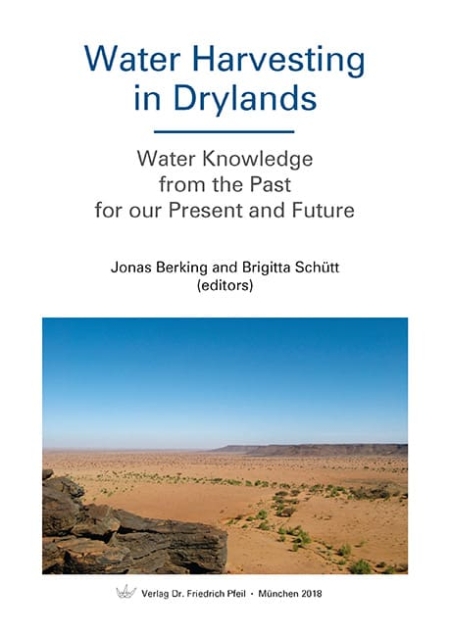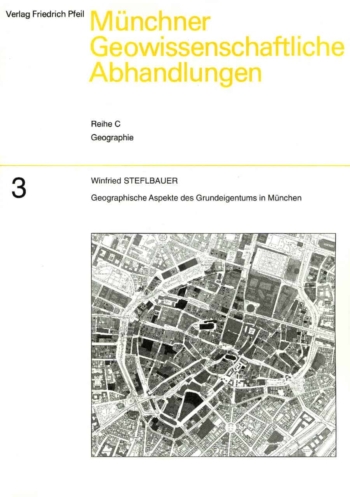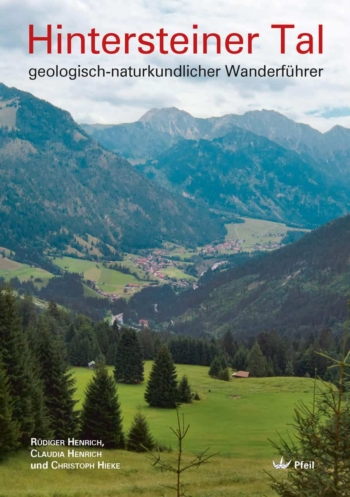Global Climate Change and water scarcity are two severe future challenges. To meet degradations and shortages, sustainable and resilient solutions are of major importance. Herein the traditional and long lasting management of water in drylands, on small scales, is a promising solution, called: water harvesting.
This volume brings together an introduction to means and theory of water harvesting and includes several case studies on ancient and medieval water harvesting from Spain, Jordan, Syria, Turkmenistan, Sudan and Sri Lanka. These measures may provide good options to be (re-)implemented and practiced in the present and the future.
In this sense, we understand the experience or knowledge gained in the past as an opportunity to cope the challenges of the present and the future.
The book is not only meant for scholars working in the field of water management in drylands, but also for all neighboring natural and social disciplines as well as for all interested laypersons, farmers, local authorities or other stakeholders.





